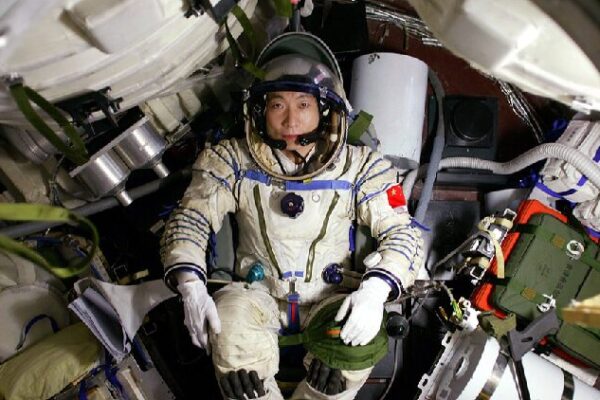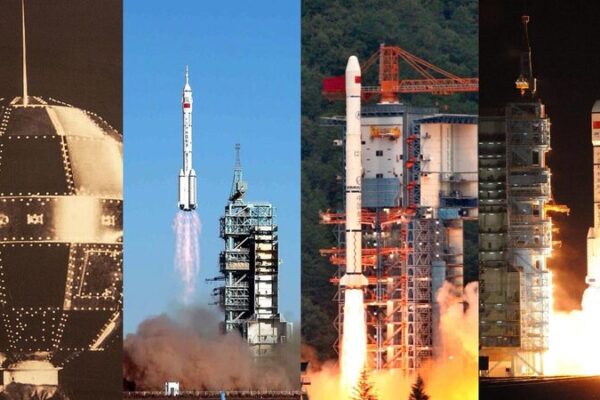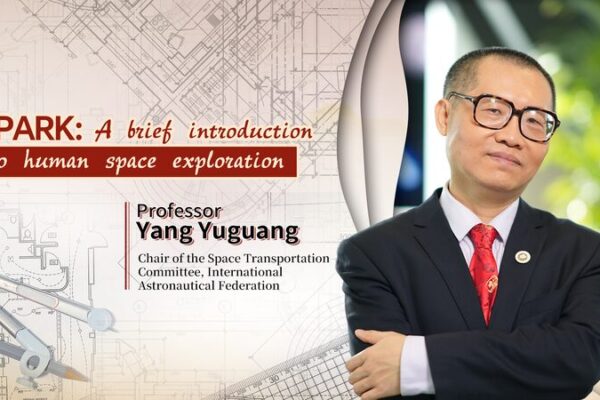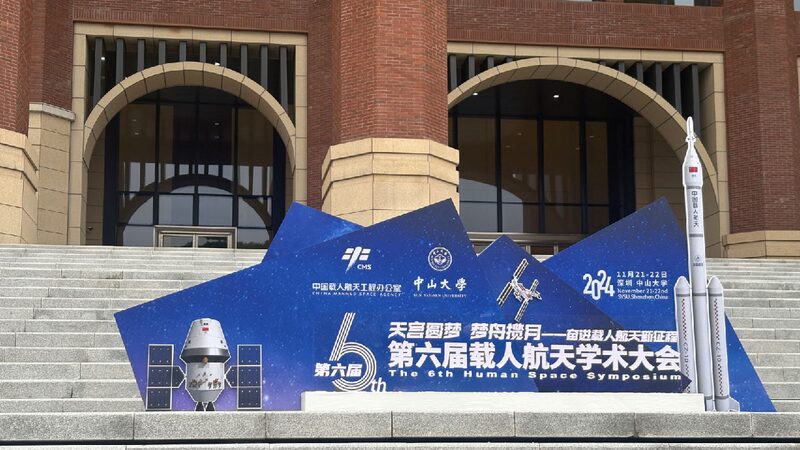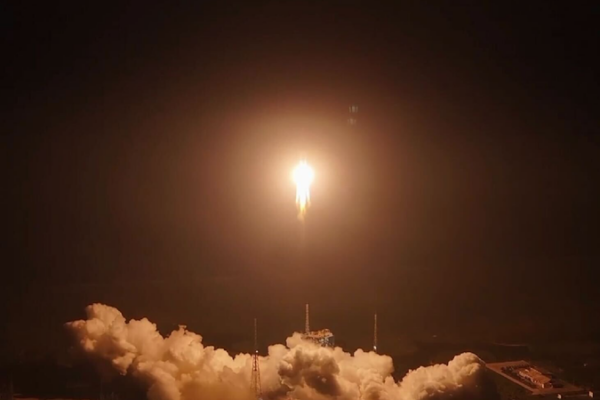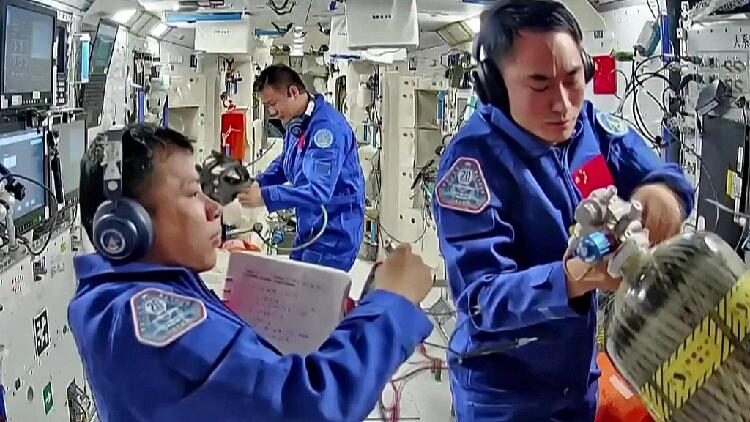On this day 62 years ago, the Soviet Union’s Yuri Gagarin became the first human to journey into space, marking the dawn of human spaceflight. Today, as the world celebrates the International Day of Human Space Flight, China stands among the stars, having carved its own remarkable path in the cosmos.
China’s manned space program began in 1992 with a bold plan to send Chinese astronauts—taikonauts—into space. Years of relentless effort bore fruit when Yang Liwei made history aboard Shenzhou-5 in 2003, becoming China’s first person in space.
Since then, China’s ambitions have soared. The Tiangong space station, a symbol of ingenuity and perseverance, now orbits Earth as a permanent outpost for scientific discovery. Astronauts conduct experiments, grow plants in microgravity, and collaborate with international partners, proving that space is a frontier for all humanity.
Looking ahead, China’s space program is aiming for a crewed lunar landing by 2030. Plans are underway to send taikonauts to the Moon, which would make China only the second nation to put humans on the lunar surface.
Beyond the Moon, China eyes Mars. The success of the Tianwen-1 mission and the Zhurong rover has laid the groundwork for future exploration of the red planet. With new spacecraft in development, China is poised to venture even deeper into the solar system.
As we honor the pioneers of spaceflight, China’s journey inspires a new generation to look up and imagine the possibilities. The stars, it seems, are just the beginning.
Reference(s):
International Day of Human Space Flight: Status check on China in 2025
cgtn.com

